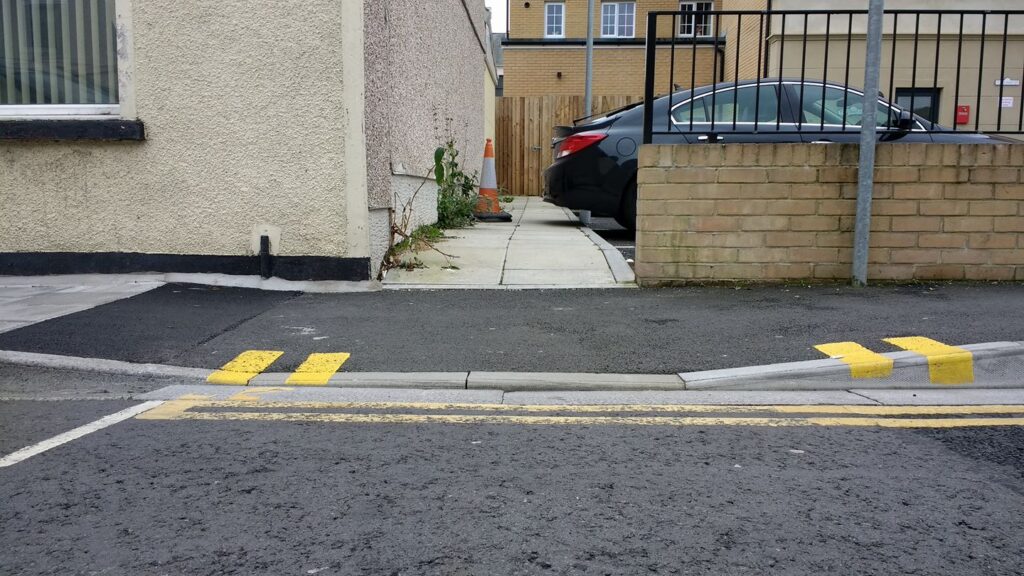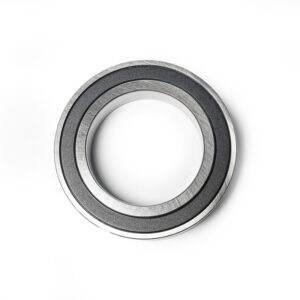
If you're considering installing a dropped kerb installation in Durham to access your driveway or property, one of the first questions that may come to mind
If you’re considering installing a dropped kerb installation in Durham to access your driveway or property, one of the first questions that may come to mind is whether you need planning permission. The answer isn’t always straightforward, as it can depend on a variety of factors including the location of your property, the type of road, and local council regulations. In this blog, we’ll guide you through the process and provide clear answers to help you determine whether or not you need planning permission for your dropped kerb.
What is a Dropped Kerb?
Before diving into the planning permission process, let’s first understand what a dropped kerb is. A dropped kerb is a lowered section of the curb, typically located at the edge of a driveway or parking space. This allows vehicles to move from the road onto private property safely. The purpose of a dropped kerb is to facilitate legal vehicle access without damaging the pavement or surrounding infrastructure.
Do I Need Planning Permission?
In many cases, the installation of a dropped kerb requires planning permission. However, not all installations are subject to approval. Below, we’ll cover the key factors that determine whether you’ll need permission for a dropped kerb.
1. Is Your Property Located on a Public Road?
If your property is located on a public road, you will almost certainly need permission to install a dropped kerb. The council controls access to public roads and pavements, so any changes to the kerb or road surface must be approved. This ensures that the work does not interfere with pedestrian access, traffic flow, or the safety of other road users.
2. Is Your Property Listed or Located in a Conservation Area?
If your property is a listed building or situated within a conservation area, special considerations apply. Planning permission may be required regardless of whether the road is public or private, as installing a dropped kerb could affect the historical or architectural integrity of the area. Always check with your local council for specific guidelines in these cases.
3. Are You Creating Off-Street Parking?
If the intention of the dropped kerb installation is to create off-street parking, permission is likely required. Councils generally regulate parking on public roads to maintain accessibility and prevent obstruction. By creating a private parking area with a dropped kerb, you could impact public space, so obtaining approval ensures you comply with local regulations.
4. What Type of Road Is in Front of Your Property?
The type of road in front of your property can influence whether you need planning permission. If you live on a busy main road, the process may involve additional considerations such as traffic flow, road markings, or even traffic signals. For residential roads, the requirements may be less stringent, but you’ll still need to check with the council to ensure compliance.
5. Are There Any Local Restrictions or Specific Council Policies?
Local councils may have additional requirements or restrictions related to dropped kerbs. For example, certain areas may restrict dropped kerbs in certain locations to prevent vehicles from obstructing pedestrian pathways or other property entrances. Councils may also have specific guidelines on the materials, depth, or design of the dropped kerb itself. Contact your local council’s planning department to get the most up-to-date and accurate information.
How to Apply for Planning Permission for a Dropped Kerb
If you determine that planning permission is required for your dropped kerb, the application process is relatively straightforward. Here’s a general overview of the steps involved:
-
Submit an Application
You’ll need to submit an application to your local council’s planning department. The application should include details about the location of your property, the type of road in front of your house, and the intended use for the dropped kerb. -
Provide Necessary Documentation
Councils may require additional documentation such as property plans, photographs, or a detailed description of the work you intend to carry out. This helps the council assess whether the installation will interfere with other infrastructure or road users. -
Pay the Application Fee
There may be a fee associated with the planning application, which varies depending on your location. Fees typically cover the cost of processing the application. -
Wait for Approval
Once you submit your application, the council will review it. The approval process can take anywhere from a few weeks to a couple of months, depending on the complexity of your request and the volume of applications being processed. -
Arrange for Installation
After receiving approval, you can proceed with the installation. In some cases, the council may appoint a contractor to carry out the work, while in others, you’ll need to arrange your own contractor. Ensure that the contractor you hire is experienced and authorised to carry out dropped kerb installations.
What Happens if You Install a Dropped Kerb Without Permission?
Installing a dropped kerb without the necessary planning permission can lead to serious consequences. If the council discovers that work has been carried out without approval, they may require you to remove the kerb and restore the pavement to its original state. This can be costly and time-consuming.
Additionally, installing a dropped kerb without permission could result in fines or penalties, and you may be prevented from parking on your property until the proper procedures have been followed.
Conclusion
While you may not always need planning permission for a dropped kerb, there are several factors to consider before you proceed. Whether your property is listed, located on a public road, or intended for off-street parking, it’s essential to check with your local council to ensure that your dropped kerb installation complies with regulations.
At Driveways Durham, we understand the importance of adhering to local guidelines while delivering high-quality, safe, and functional dropped kerb installations. If you’re unsure about the process or need assistance with your installation, feel free to get in touch with us. We’re here to help guide you through the process and ensure a smooth and legal installation.


